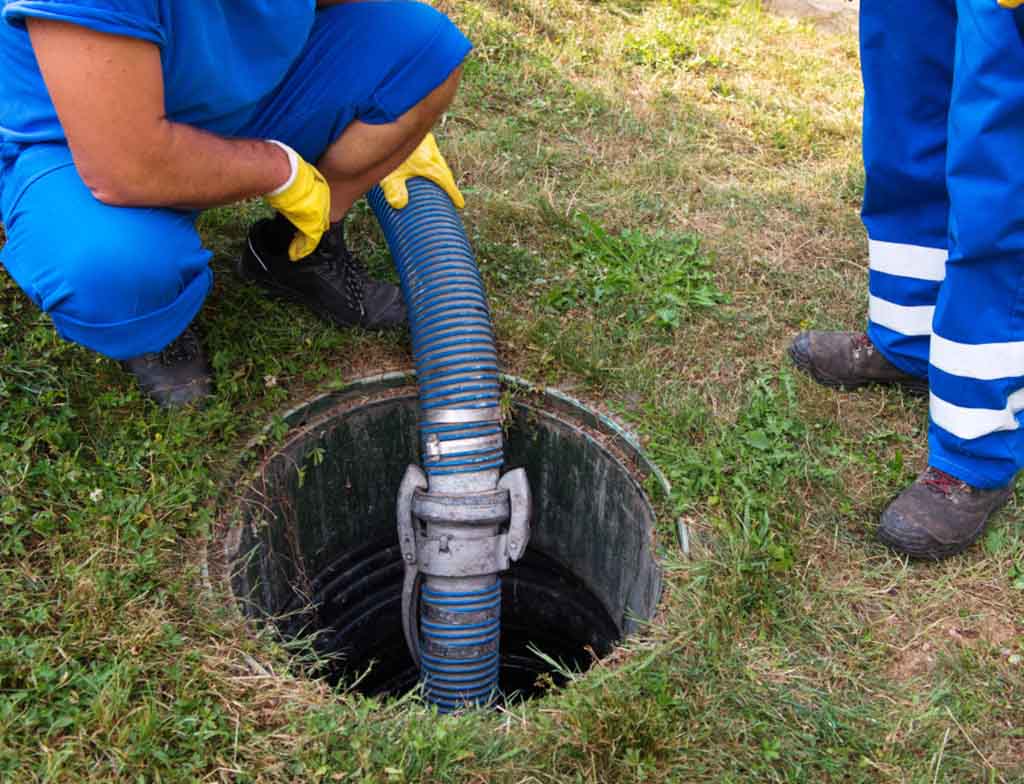
Buildings are fundamental structures that define our landscapes and serve countless purposes, from providing shelter to facilitating complex industries. They come in an astonishing array of types, each designed to meet specific needs and functions.
Residential buildings are perhaps the most common, offering homes for individuals and families. This category includes everything from single-family houses, row houses, and bungalows to multi-story apartment complexes and high-rise condominiums. The design of residential buildings often prioritizes comfort, privacy, and community living
Commercial buildings are designed for business and trade. This broad category encompasses office buildings, which house companies and their employees; retail stores, ranging from small boutiques to large shopping malls; and restaurants, cafes, and hotels, which cater to the hospitality industry. The architecture of commercial buildings often aims to be inviting, functional for business operations, and aesthetically pleasing to attract customers.
Reinforced Cement Concrete (RCC) roads are a robust and long-lasting choice for various applications, from urban streets to industrial areas. Unlike flexible pavements like asphalt, RCC roads are rigid, meaning they distribute vehicle loads over a wider area due to their inherent slab action. This significantly reduces the stress on the subgrade, leading to superior performance and extended service life. The construction process involves preparing a stable subgrade and a granular sub-base, followed by the laying of a concrete mix, typically reinforced with steel bars or welded wire fabric. The reinforcement enhances the concrete's tensile strength, preventing cracks and increasing its overall durability. Proper curing of the concrete is crucial to achieve the desired strength and minimize shrinkage cracking. While the initial cost of RCC roads can be higher than other options, their minimal maintenance requirements, excellent load-bearing capacity, and resistance to deformation under heavy traffic often make them a more economical and sustainable choice in the long run.


Pit and RCC (Reinforced Cement Concrete) drain work are essential components of modern civil engineering and urban infrastructure, playing a crucial role in effective water management and sanitation. Pits, often referred to as catch basins or inspection chambers, are strategically located structures designed to collect surface runoff, debris, and sediment, preventing them from entering and clogging the main drainage system. They act as preliminary filters, requiring periodic cleaning to maintain optimal functionality. These pits are typically constructed using bricks, concrete blocks, or precast concrete rings, with a robust base and a secure cover.
RCC drains, on the other hand, form the backbone of any robust drainage network. Unlike traditional open drains, RCC drains are closed conduits, significantly reducing issues like odor, mosquito breeding, and accidental falls. Their construction involves the precise use of steel reinforcement embedded within concrete, providing exceptional strength and durability to withstand heavy loads, environmental stresses, and the corrosive effects of wastewater. The design of RCC drains considers factors such as hydraulic gradient, flow velocity, and anticipated water volume to ensure efficient water conveyance. This type of drainage system is vital for preventing waterlogging, controlling erosion, and maintaining hygienic conditions in residential, commercial, and industrial areas. Proper execution of both pit and RCC drain work, including meticulous excavation, precise leveling, high-quality material selection, and skilled labor, is paramount to ensure the longevity and effectiveness of the entire drainage infrastructure.
